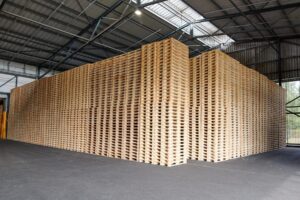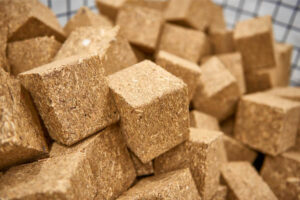A Finnish review of life cycle assessment studies examines the environmental impact of pallets, essential components in global trade. The review includes analysis of studies comparing wooden and plastic pallets across their life cycle stages. The studies reveal that both pallet selection and management significantly influence environmental impacts.
The reviewed studies provide life cycle inventory data on pallet production and examine the environmental impact of using different materials. For wooden pallets, key inputs in production include wood, nails, electricity, and thermal energy or fuel for phytosanitary treatment. The weight of wood required for a wooden pallet varies, influenced by pallet dimensions and management strategy (single-use vs. pooled). Electricity demand for wooden pallet production is generally lower than for plastic pallets.
Plastic pallet production requires plastic (virgin or recycled), electricity for thermoforming, and diesel for machinery. Plastic pallets vary in dimension due to a lack of standardization. Production of plastic pallets typically requires more electricity compared to wooden pallets. The review highlights that the number of cycles (trips) a pallet can undergo varies significantly. Plastic pallets often take longer before they break but cannot be repaired, unlike wooden pallets.







